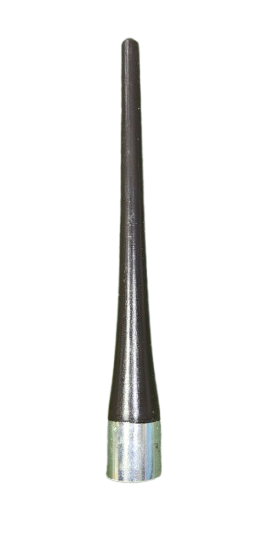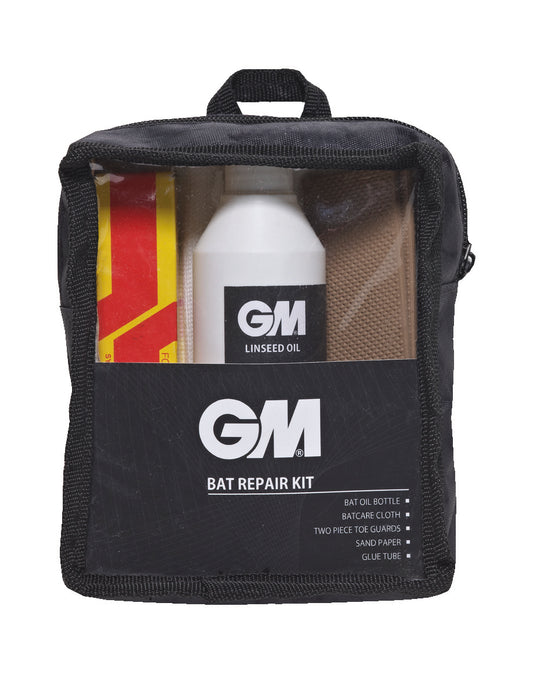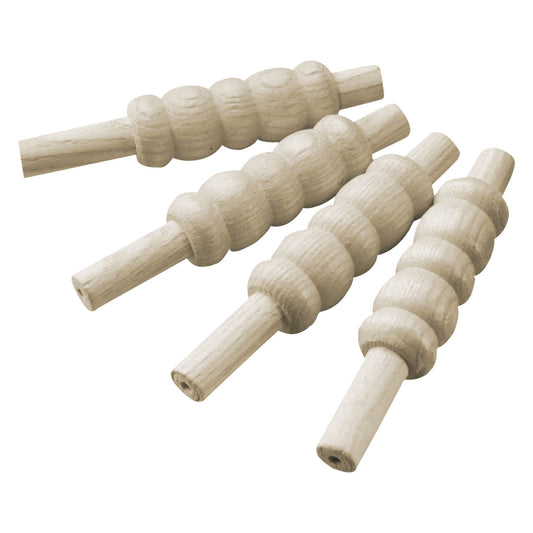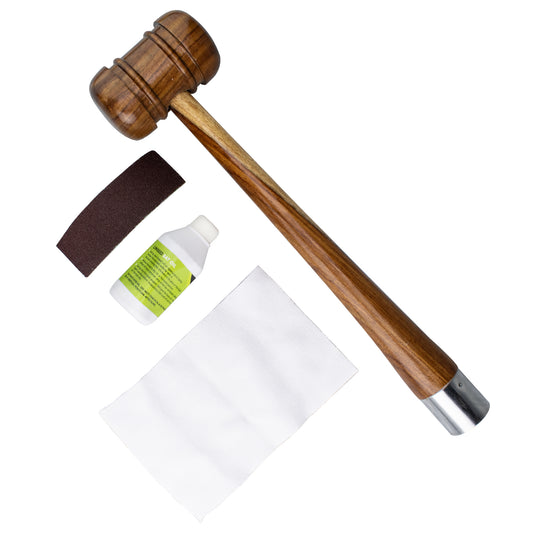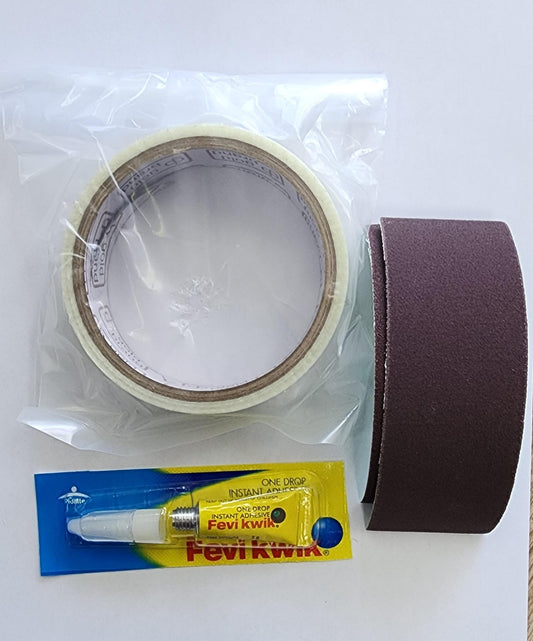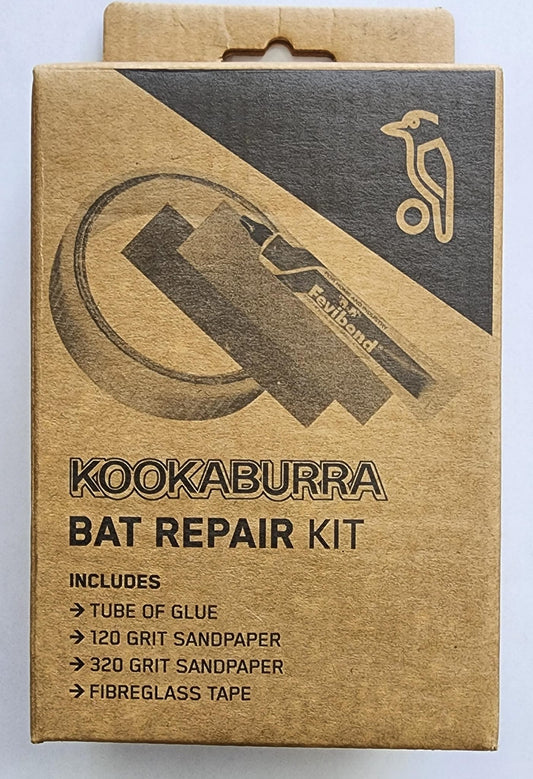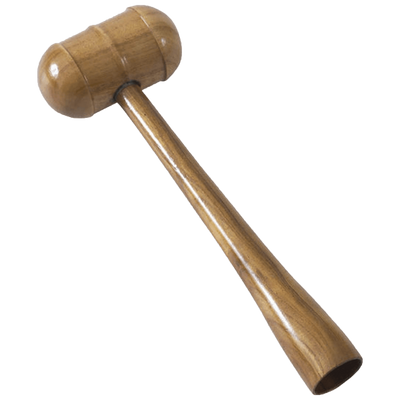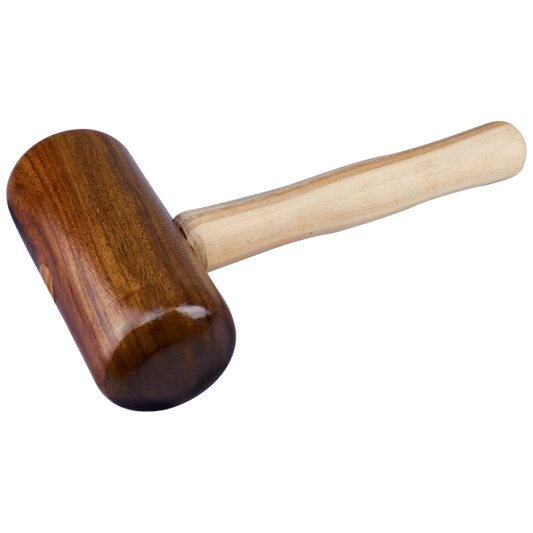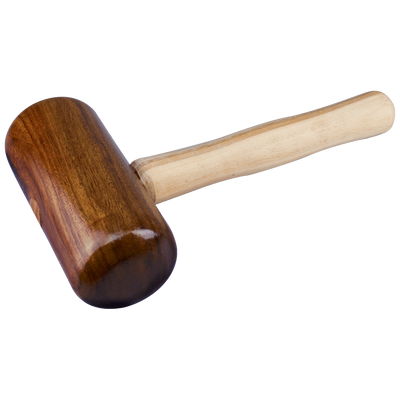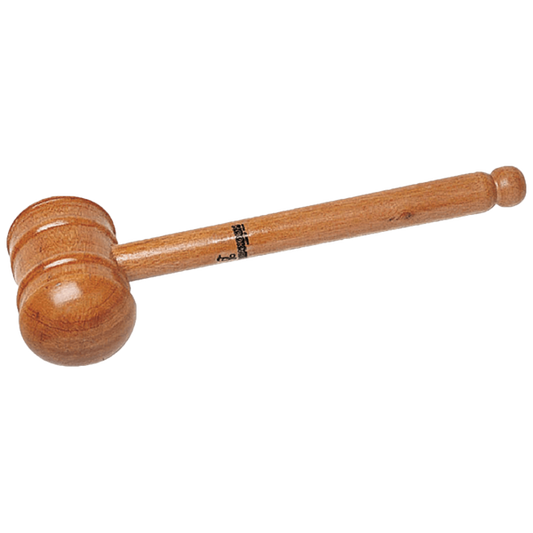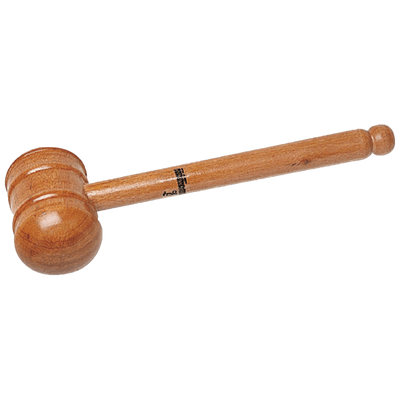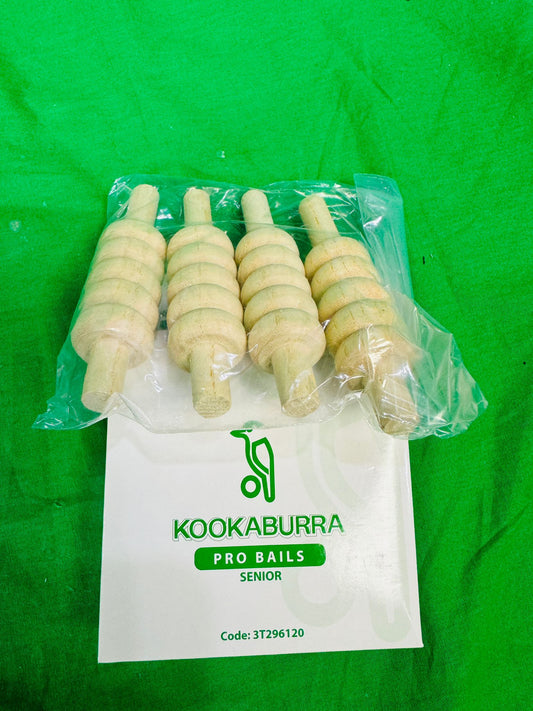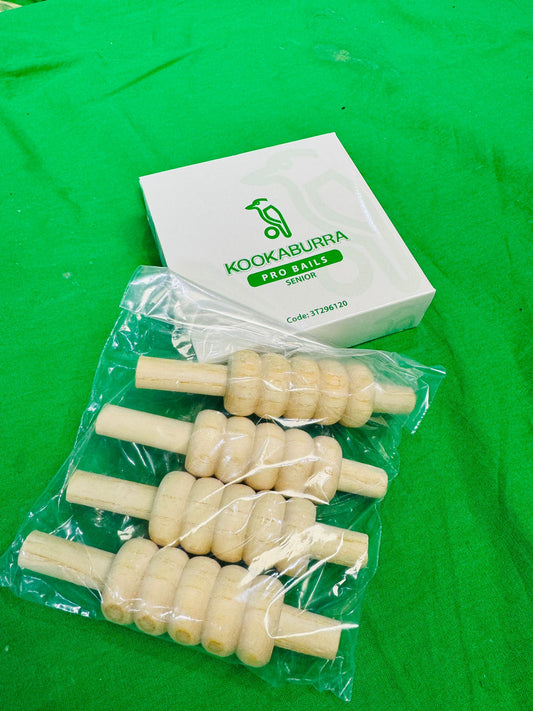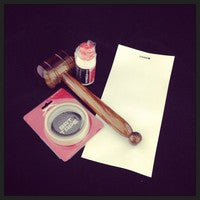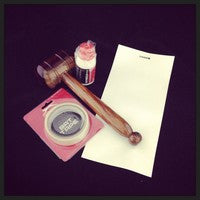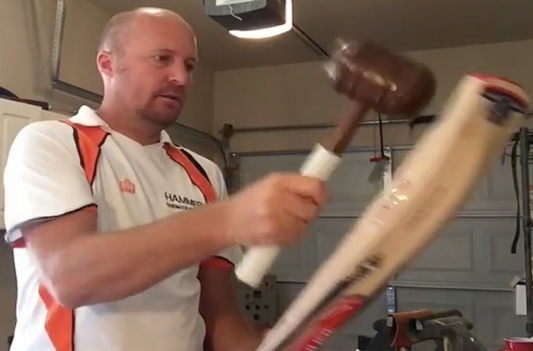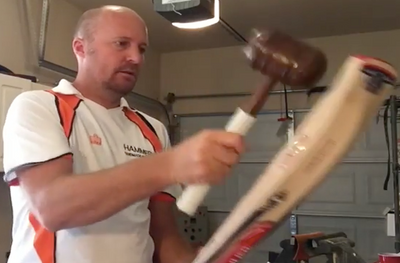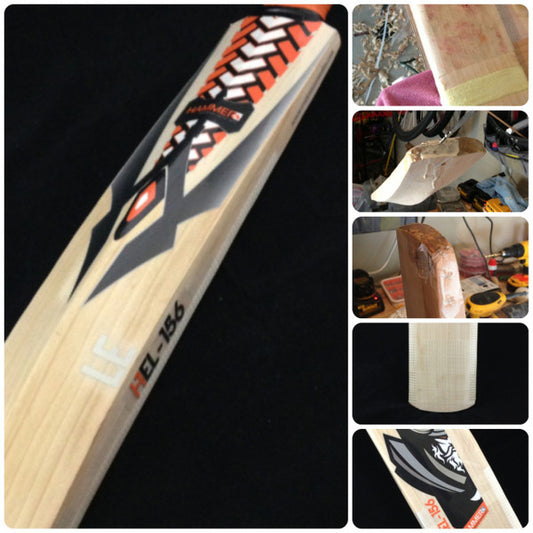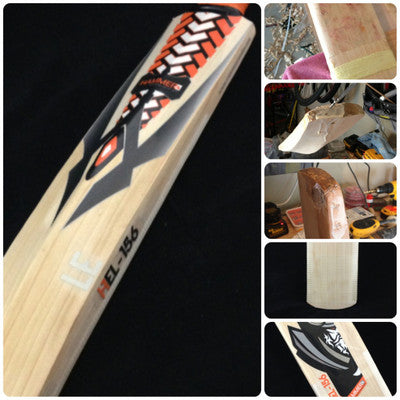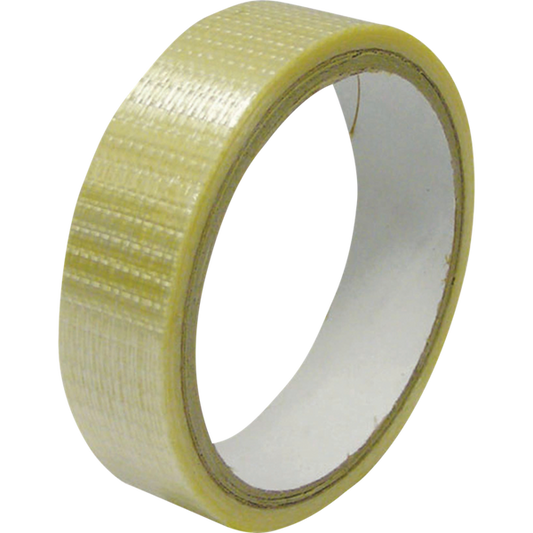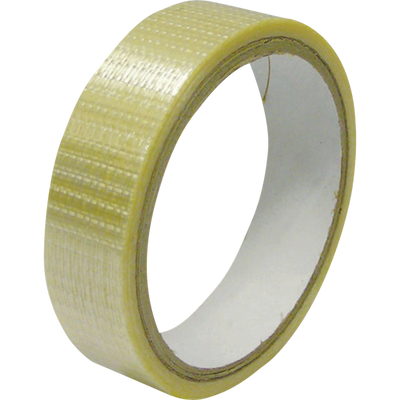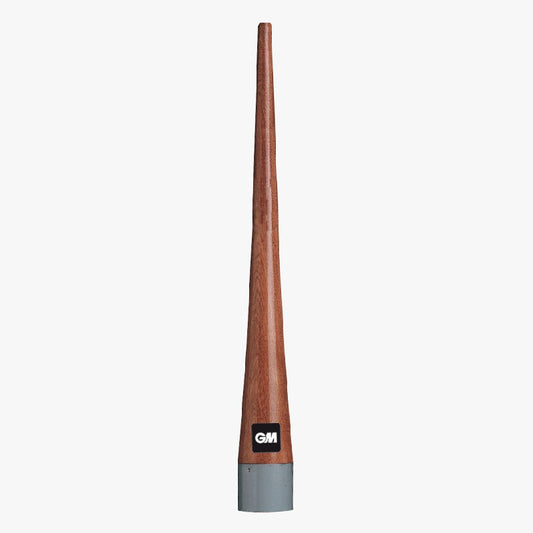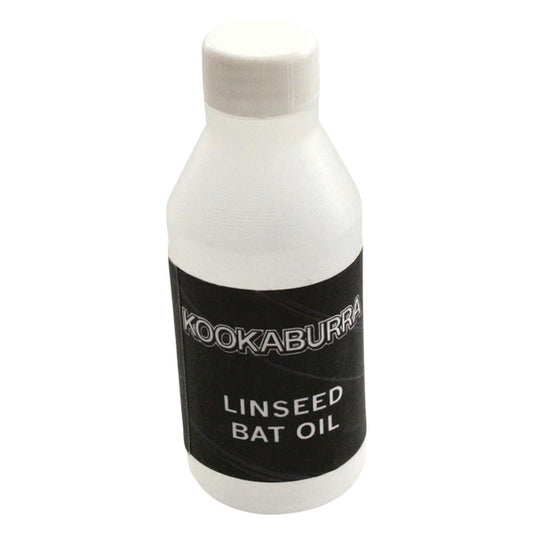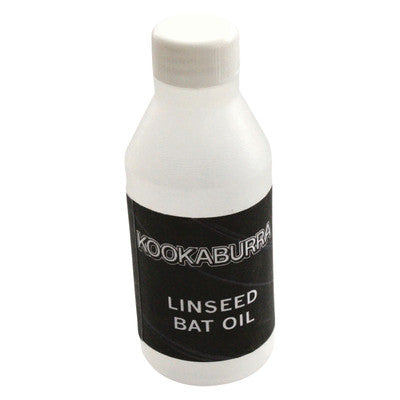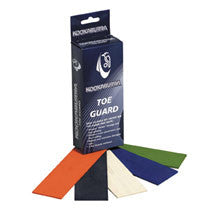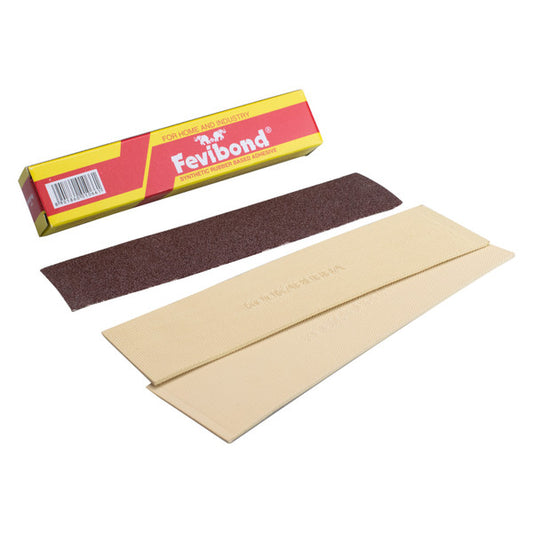Cricket Bat Mallets - Essential Bat Preparation Tools
Professional Cricket Bat Knocking Mallets for Optimal Performance
Transform your new cricket bat into a match-ready weapon with our premium collection of cricket bat mallets. Whether you're preparing an English willow blade for county cricket or knocking in a Kashmir willow bat for club matches, the right bat knocking hammer is essential for maximizing performance and extending your bat's lifespan.
Why Every Serious Cricketer Needs a Quality Bat Mallet
Cricket bat preparation isn't optional—it's fundamental to bat performance and longevity. Our wooden mallets and leather ball mallets compress the soft willow fibers, creating a resilient surface that withstands the impact of leather balls traveling at pace. Without proper bat knocking in, even the finest English willow blade remains vulnerable to damage from miss-timed shots and seam impacts.
The bat knocking process develops your bat's middle section, hardens the edges, and creates the responsive surface that transforms defensive prods into crisp drives. Professional bat makers understand that mechanical pressing alone cannot achieve the performance level that hand-knocking with a quality mallet delivers.
Wooden Mallets vs Leather Ball Mallets: Choose Your Weapon
Hardwood cricket mallets represent the gold standard for serious players. Crafted from dense woods like lignum vitae or mulberry, these bat preparation tools provide consistent impact density and superior control during the knocking process. The ergonomic handles, typically 13 inches in length, reduce wrist fatigue during extended knocking sessions.
Leather ball mallets offer excellent versatility, combining the traditional feel of ball-on-willow contact with the convenience of an attached handle. These hybrid tools excel for players who prefer the authentic sensation of ball impact while maintaining precise control throughout the preparation process.
The Science Behind Professional Bat Knocking
Proper willow bat preparation requires understanding the wood's fiber structure. Each strike with your cricket knocking hammer compresses thousands of microscopic wood fibers, creating a dense, resilient surface layer. This process typically demands 10-20 sessions of focused knocking, totaling 2-4 hours of preparation time.
Start by applying raw linseed oil to open the wood's pores, then begin gentle strikes to the bat's face. Progress systematically across the blade's surface, paying special attention to edge compression. Strike edges at 45-degree angles to replicate the glancing blows encountered during actual play. The toe area requires careful attention—too aggressive, and you risk splitting; too gentle, and vulnerable spots remain.
Professional-Grade Materials and Construction
Our cricket bat mallets feature precision-engineered designs that serious players demand. Dense hardwood heads provide optimal impact transfer, while carefully balanced handles ensure comfortable, controlled strikes. Premium models incorporate shock-absorbing features that protect your wrist during extended knocking sessions.
Leather ball mallets in our collection use high-grade cricket leather, properly weighted for consistent compression. The attached balls maintain their shape through hundreds of knocking sessions, providing reliable preparation tools that professional bat makers trust.
Maximizing Your Investment: Bat Care Excellence
Quality cricket bat maintenance extends far beyond initial preparation. Regular light knocking with your mallet maintains surface compression, especially after periods of storage. Combined with periodic oiling and proper storage, your bat mallet becomes an essential tool for long-term performance optimization.
Professional players understand that proper preparation isn't rushed. Invest time in methodical knocking, test frequently with old balls, and allow the willow to respond naturally. Deep seam marks indicate insufficient preparation—continue knocking until test impacts leave only shallow impressions.
Complete Bat Preparation Solutions
Our curated selection includes everything from entry-level wooden knocking hammers perfect for club cricketers to professional-grade hardwood mallets used by county players. Each tool undergoes rigorous quality testing to ensure consistent performance and durability.
Browse our complete range of cricket bat accessories including anti-scuff sheets, grip cones, and premium linseed oil. When combined with our expert-selected mallets, these tools create a comprehensive bat care system that keeps your blade performing at its peak throughout the season.
Ready to unlock your bat's potential? Explore our professional-grade cricket bat mallets and transform your preparation routine. Your blade—and your batting average—will thank you.
For the past two decades Cricket Store Online has been serving cricketers in North America and all over the world. Our experts know exactly how to serve you. We are the certified distribution partners of major cricket brands and only sell original products. If you are looking to buy a perfect Bat Mallet, give us the opportunity to guide you!
You can call our experts from CricketStoreOnline or visit our expert blog on cricket to get more insights on cricket equipment!
Frequently Asked Questions
Q: How long should I spend knocking in my cricket bat with a mallet?
A: A new cricket bat typically requires 2-4 hours of total knocking time, spread across 10-20 sessions of 10 minutes each. Start gently and gradually increase intensity. Test regularly with an old ball—when seam marks become shallow rather than deep, your bat is ready for net practice.
Q: Which is better for knocking in - a wooden mallet or leather ball mallet?
A: Hardwood mallets provide superior efficiency and consistency, making them preferred by professional bat makers. They compress willow fibers more effectively and speed up the preparation process. Leather ball mallets offer excellent control and the traditional feel of ball-on-willow contact, making them ideal for players who prefer gradual, methodical preparation.
Q: Can I use any type of hammer or mallet to knock in my cricket bat?
A: Never use claw hammers or metal tools—they'll damage your bat's surface. Rubber mallets are too soft and absorb impact rather than transferring it to the willow. Only use purpose-designed cricket bat mallets (wooden or leather ball types) or an old cricket ball in a sock. The tool must be appropriately hard to compress willow fibers without causing damage.


